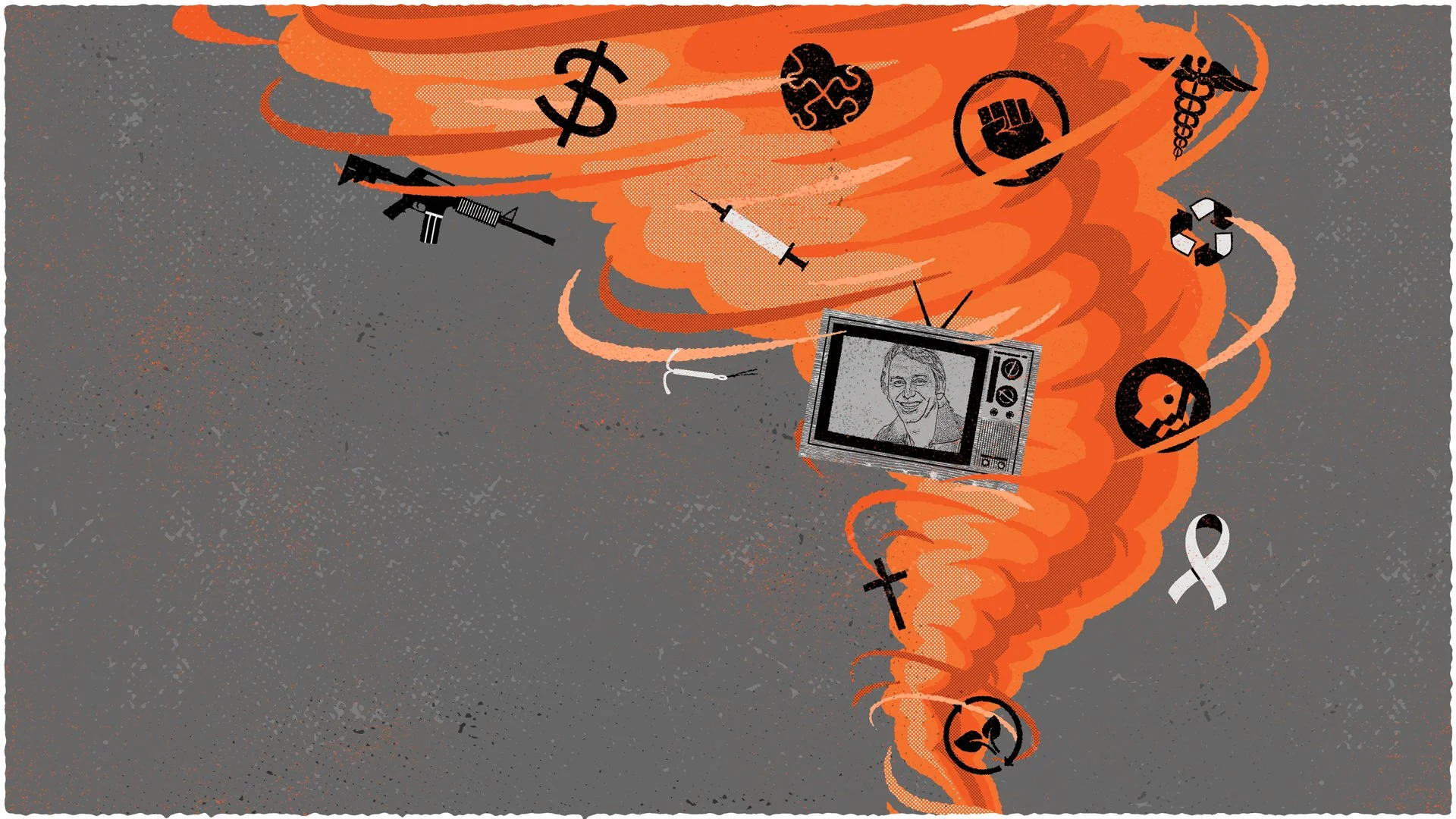When truth gets twisted: three ways to combat misinformation.
My job is to study people, specifically what motivates the decisions they make. I started when I was about seven years old. As a kid, nothing interested me more than the choices, personalities, homes and work of the characters on TV. The richest fodder for my young mind was syndicated situation comedies.
Shows like Three’s Company, I Love Lucy, and The Odd Couple were built entirely on misunderstandings. Someone overheard half a conversation, misread a situation, or jumped to a conclusion. A single wrong assumption would spiral into a comedy of errors. Most importantly, the audience always knew the truth, which made watching the confusion unfold even funnier. Back then, misinformation made for great television.
But here’s the thing: the characters weren’t malicious. They were simply human. Today, misinformation is anything but funny. It’s never been more rampant or damaging. And while Lucy and Jack Tripper could wrap it all up in 30 minutes, today’s leaders, especially in the nonprofit world, are left trying to untangle real consequences and existential threats.
Behavioral science helps explain why misinformation spreads so easily and why it’s so hard to correct. Our brains are wired for efficiency, not accuracy. We fill in gaps, trust familiar sources and favor information that confirms what we already believe.
Falsehoods thrive because they tend to be simple, emotional, and easy to repeat. Facts, on the other hand, are often nuanced and slow to travel. For nonprofits, this dynamic poses a real challenge: how to communicate truth in a way that cuts through noise, earns trust, and doesn’t get lost in the scroll. Here are three ways to respond to misinformation.
1 |
Lead With Truth, Not Correction
What we’re fighting here is called the continued-influence effect. Once people hear false information, it lingers even after it’s corrected. Our brains don’t easily “delete” it. They file the correction next to it. That’s why repeating a myth, even to debunk it, can unintentionally reinforce it.
|
2 |
Keep Messages Simple and Familiar
Our brains trust information that feels easy to process. The behavioral principle is called cognitive ease. Simplicity, repetition and familiarity all increase believability. That’s why misinformation, which is often short and emotionally charged, spreads faster than nuanced facts.
|
3 |
Acknowledge Emotion Before Evidence
Affective reasoning and identity-protective cognition cause people not to process information purely rationally. Instead, they evaluate it through the lens of identity and emotion. When something feels like a threat to their worldview or community, even solid facts can backfire.
|
Those old sitcoms made confusion look harmless. In real life, misinformation distorts the work of people who are trying to do good and diverts energy from our most pressing issues.
I know it’s exhausting to keep correcting what should be obvious truths. Compassion isn’t partisan. Service isn’t self-interest. Still, I’m not ready to give up on happy endings. Misunderstanding can be overcome. What once fueled chaos can, with patience and honesty, lead to understanding.
Toward clarity,
Kevin


